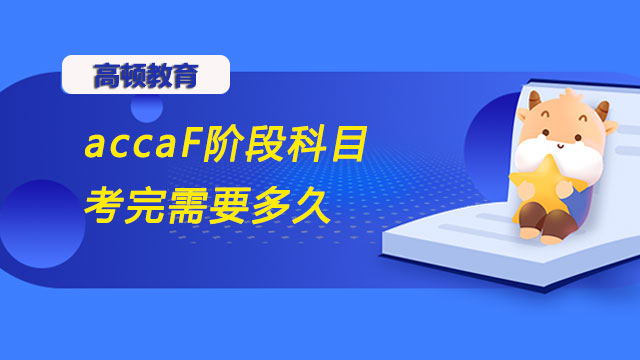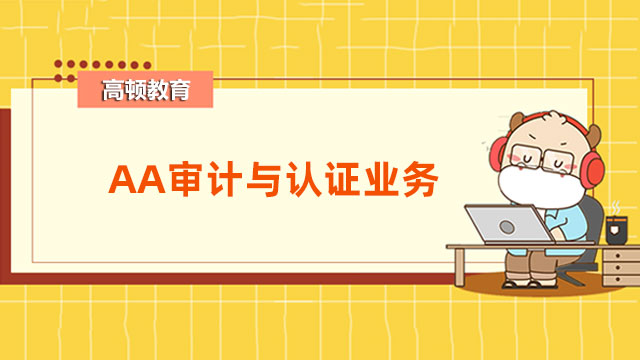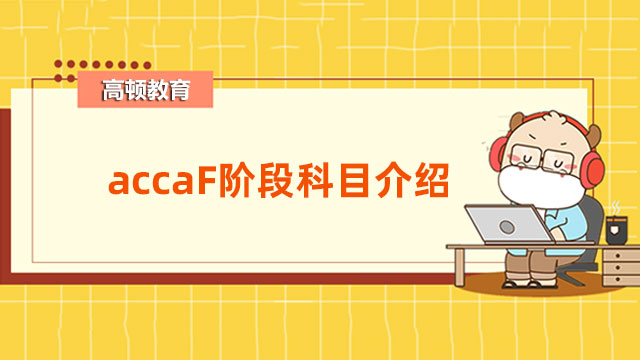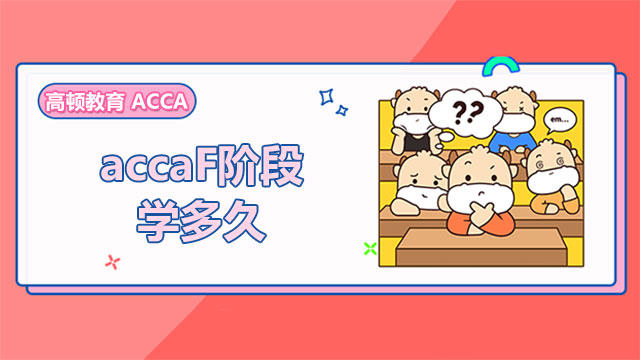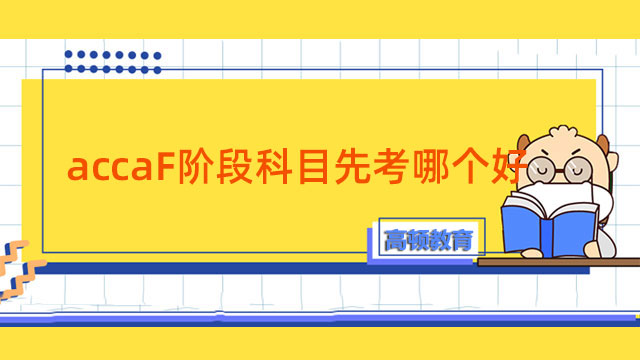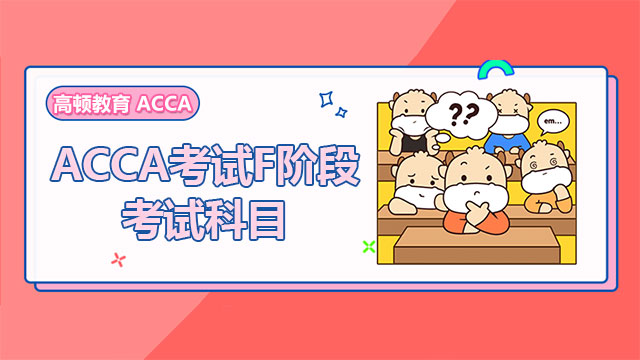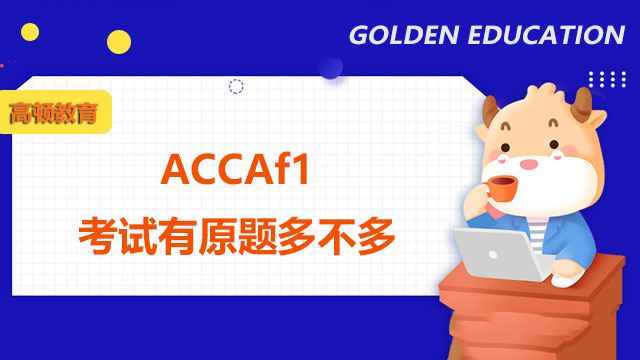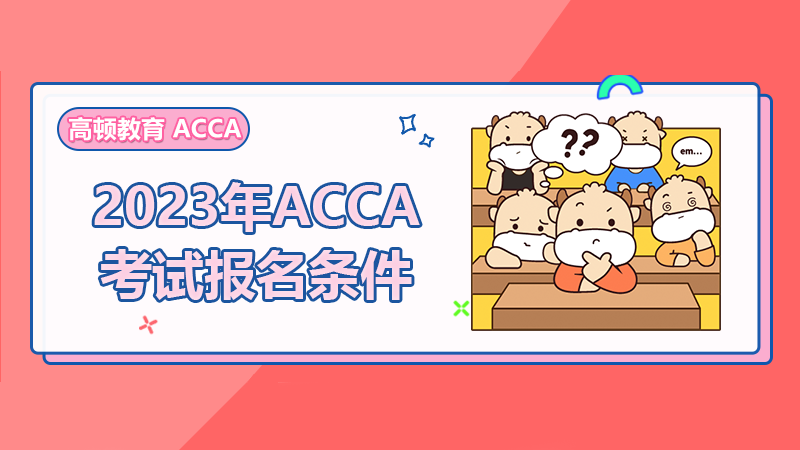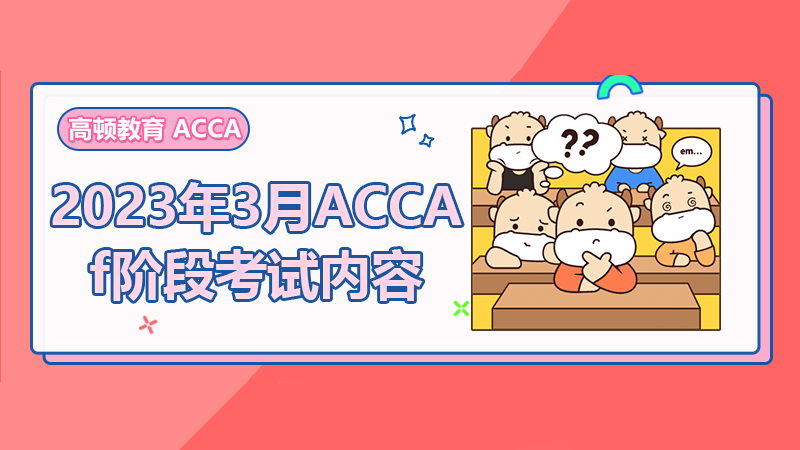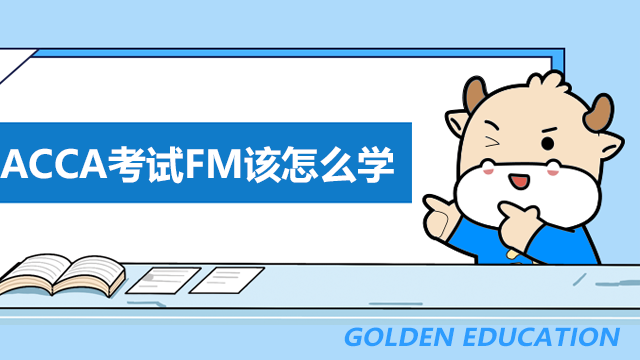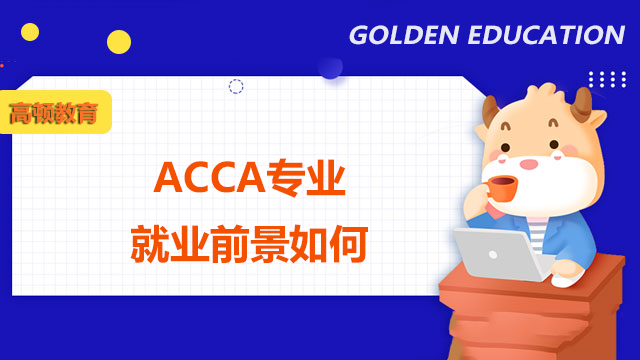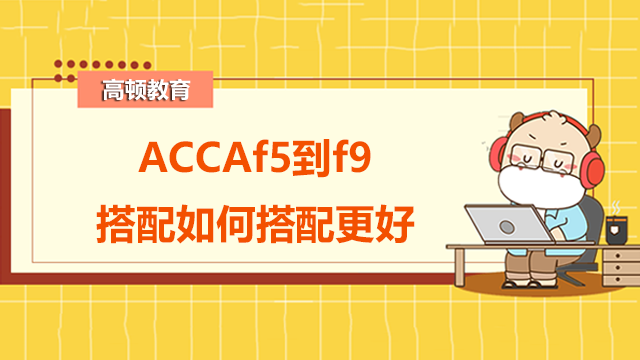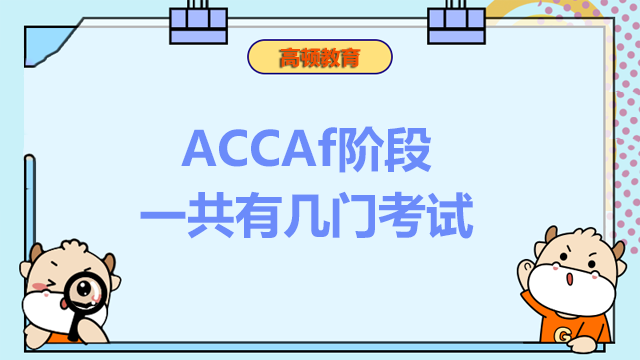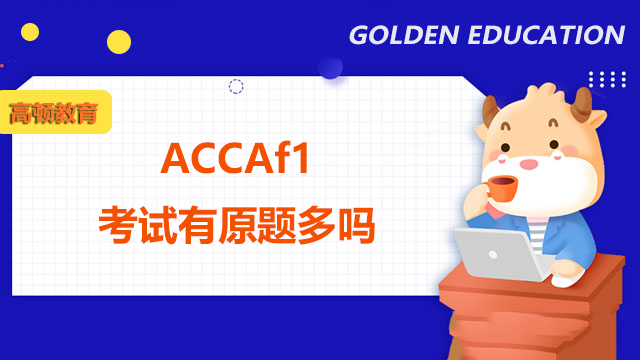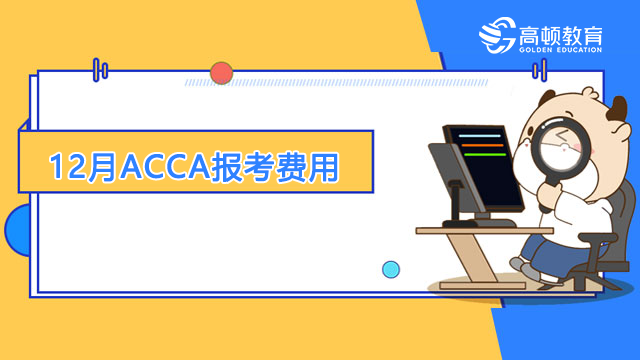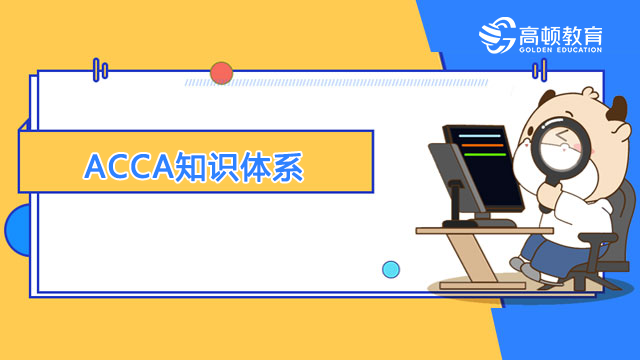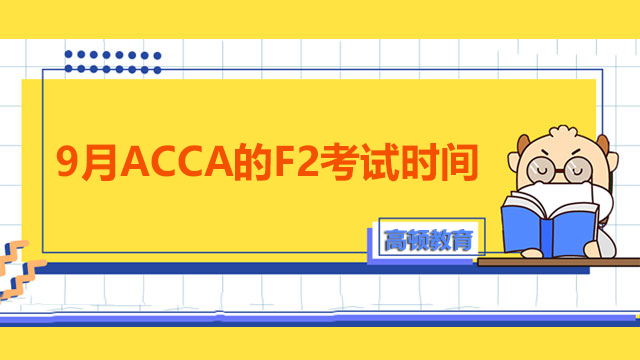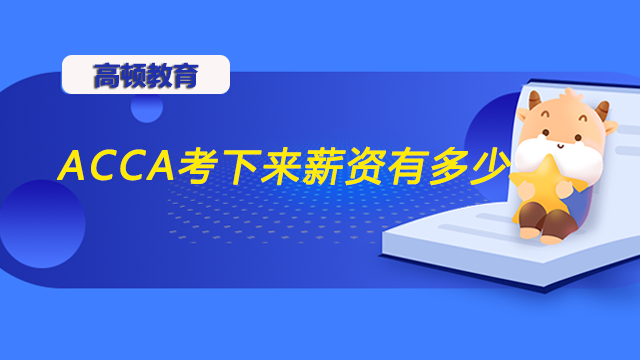2012年12月ACCA考试F6考试考官报告
来源:
高顿网校
2013-06-21
每次考试结束ACCA考官都会根据本次考试考生的总体表现情况写报告,具体分析学生在答题过程中出现的问题,总结学生在备考该科目时应该注意的事项,以下是2012年12月F6考官报告:
General Comments
The examination consisted of five compulsory questions. Question 1 for 25 marks, question 2 for 30 marks,and three further questions of 15 marks each.The vast majority of candidates attempted all five questions, but question four was often left to last and answered under time pressure.This problem often arose because the workings for parts 1a and 2a were far too detailed. Question 4 was the most difficult of the three 15-mark questions,although the calculations themselves were quite straightforward. What candidates needed to do with this question was to spend several minutes thinking their answer through and making sure that basic concepts were not overlooked. Many candidates appeared to be rushing, and making basic mistakes, such as calculating NIC in respect of dividend income.Candidates performed particularly well on questions 1a, 1b(i), 1b(ii), 2a, 2c(i), 3a, 3b, 5a, 5b and 5c.The questions candidates found most challenging were questions 2b(i), 2b(ii), 2c(ii) 2b, 4a and 4b. A number of common issues arose in candidate’s answers:Failing to read the question requirement clearly. For example, calculating the CGT liability in question 3(b) despite being told that only chargeable gains were required.Poor time management. For example, the 1 mark requirement for part 2b(i) needed just a date, so time was wasted by writing a whole paragraph. Poor use of workings. The workings for parts 1a and 2a were often far too detailed. Many of the calculations could have been included within the main computation, and once something such as the exempt premium bond prize was shown once there was no need for further explanation. However, when it came to the share pool in part 3b there was often a complete lack of workings for the indexation calculations – making marking extremely difficult.
Specific Comments
Question One
This 25-mark question was based on Josie Jones, who ceased self-employment as a graphic designer on 30 June 2011, and commenced employment with Typo plc as a creative director on 1 August 2011. The question also included property income.Part (a) for 20 marks required candidates to calculate the income tax payable by Josie for 2011-12. For the selfemploymentit was necessary to calculate capital allowances for the final two periods of trading, and to takeaccount of unused overlap profits. As part of her employment package Josie was paid ?11,600 towards her relocation costs (of which ?8,000 were exempt), provided with an interest free beneficial loan, provided with free meals in Typo plc’s staff canteen and provided with a company motor car. Josie owned two let properties - the first property qualified as a trade under the furnished holiday letting rules (and made a loss), and the second property was let out unfurnished (and made a profit). Josie also received building society interest, dividends and a premium bond prize. Her basic and higher rate tax bands were extended in respect of gift aid donations. This section was generally very well answered. One common error was to apportion the trading profits, and this sometimes resulted in a trading loss. It should be clear that if a question makes no mention of a loss then there should not be a loss. Part (b) was for a total of 5 marks. The first requirement for 3 marks was to calculate Josie’s balancing payment for 2011-12 and her payments on account for 2012-13, stating the relevant due dates. This was on the assumption that no claim was made to reduce the payments on account. The second requirement for 2 marks was to explain why Josie would probably be able to make a claim to reduce her payments on account for 2012-13. Since she expected to remain employed throughout 2012-13, a claim could be made because the majority of her income tax would be collected under PAYE. The first requirement was answered reasonably well, but the due dates were often a problem. With the second requirement, it was often not appreciated that payments on account could be reduced not because of less income, but because more income would be taxed at source, being collected under PAYE, meaning payments on account could be reduced to just cover the remaining tax payable.
#p#副标题#e#
Question Two
This 30-mark question was based on Clueless Ltd. The managing director of the company had prepared a corporation tax computation for the year ended 31 March 2012 that contained a significant number of errors.The question also included aspects of corporation tax self-assessment, together with the valued added tax (VAT) marks for this paper.
Part (a) for 16 marks required the preparation of a corrected version of Clueless Ltd’s corporation tax computation for the year ended 31 March 2012. This included the adjustment of trading profits, a detailed capital allowances computation, an appreciation of which dividends are included as franked investment income, and the ability to calculate a corporation tax liability where marginal relief is applicable. This section was generally very well answered. The only aspect that consistently caused problems was the loan interest with very few candidates appreciating that this is assessed on a receivable basis.
Part (b) was for a total of 4 marks. The first requirement for 1 mark was to state the date by which Clueless Ltd’s self-assessment corporation tax return for the year ended 31 March 2012 should be filed. The second requirement for 3 marks was to explain the options available to Clueless Ltd regarding the production of accounts and tax computations in the inline eXtensible Business Reporting Language iXBRL format. It was surprising that only a few candidates were aware of the filing date for a self-assessment corporation tax return, with far too many candidates giving a 31 January date. Despite being covered in the Finance Act 2011 article, hardly any candidates were able to provide relevant details regarding the production of accounts and computations using iXBRL.
Part (c) for a total of 10 marks dealt with various VAT issues. The first requirement for 6 marks required an explanation as to why Clueless Ltd was entitled to use both the VAT cash accounting scheme and the VAT annual accounting scheme, and why it would probably be beneficial for the company to use both schemes. It was necessary to make use of the information provided in the question. The second requirement for 4 marks involved the planned purchase of some new machinery. It was necessary to explain when and how Clueless Ltd would have to account for VAT in respect of the new machinery if it was purchased from (1) a supplier situated outside the European Union, or (2) a VAT registered supplier situated elsewhere within the European Union. The first requirement was reasonably well answered, although candidates had a tendency to write everything they knew about the two schemes rather than tailoring their answers to the information given in the question. The second requirement caused more problems, and there was little appreciation that the two alternatives would effectively leave Clueless Ltd in the same overall financial position.
Question Three
This 15-mark question covered relief for capital losses and Acebook Ltd, a company that had sold various assets during the year ended 31 December 2011.Part (a) for 3 marks required an explanation as to how limited companies can obtain relief for capital losses.Although there were many perfect answers to this section, a number of candidates discussed trading losses,explained that capital losses could be utilised in a similar manner to trading losses, covered the rules for individuals rather than companies, or discussed groups - despite being told not to do so.
Part (b) for 12 marks required a calculation of Acebook Ltd’s chargeable gains for the year ended 31 December 2011. The company had sold (1) its entire shareholding of ordinary shares in Oogle plc (the calculation involved a bonus issue, a rights issue and indexation), (2) three acres of land (this was a part disposal, and it was also necessary to apportion enhancement expenditure), and (3) an investment property that was destroyed in a fire with insurance proceeds being received (the insurance proceeds were not fully reinvested so there was an immediate chargeable gain). This section was generally very well answered, and there were many high scoring answers. One common mistake with the ordinary shares was to index the share pool prior to the bonus issue. Despite being told that the entire shareholding was disposed of, some candidates complicated the calculation by making a part disposal. Many candidates wasted time by calculating the CGT liability (often for an individual rather than a company) despite being instructed to just calculate chargeable gains.
Question Four
This 15-mark question involved Sophia Wong, a self-employed lawyer, who was considering incorporating her business on 6 April 2011. Figures were given for Sophia’s total income tax liability and NICs if she were to continue to trade on a self-employed basis, and the taxable total profits of the new limited company would be the same as her forecast profit if she were to remain self-employed.
Part (a) was for a total of 11 marks, and required advice as to whether or not there would be an overall saving of tax and NIC for the tax year 2011-12 if Sophia incorporated her business on 6 April 2011. The first requirement for 6 marks was on the basis that Sophia withdrew all of the profits from the new company as director’s remuneration. The amount of gross director’s remuneration, after allowing for employer’s class 1 NIC, was given. The second requirement for 5 marks was on the basis that Sophia withdrew all of the profits from the new company as dividends. The amount of net dividends, after allowing for corporation tax, was given. For both alternatives, it was necessary to calculate the corporation tax liability (if any) of the new limited company for the year ended 5 April 2012, the income tax payable by Sophia, and the class 1 NIC (if any) payable by Sophia and the new company. This question as a whole was very badly answered, often as a result of being attempted last with inadequate time remaining. Many students did not seem to notice that they had been given some of the information (employer’s NIC when withdrawing profits as director’s remuneration, and corporation tax when withdrawing profits as dividends) and wasted time trying to calculate the figures themselves. As regards withdrawing profits as director’s remuneration, very few candidates appreciated that there would be no taxable profit and hence no corporation tax liability. As regards withdrawing profits as dividends, far too many candidates did not appreciate that no NIC would be payable. Some candidates even attempted to answer this section with just one calculation combining the director’s remuneration and dividend, and very few marks were available with this approach.
Part (b) for a total of 4 marks covered the CGT aspects of Sophia incorporating her business. The only chargeable
asset of the business was goodwill with a nil cost. Sophia made no other disposals during 2011-12, and had unused capital losses brought forward. The first requirement for 2 marks required a statement of the CGT consequences if Sophia transferred her business to a new limited company on 6 April 2011 in exchange for ordinary shares. The second requirement for 2 marks required an explanation as to why it would be beneficial if the consideration for the transfer of Sophia’s business instead consisted of ?50,000 in cash and ?100,000 in ?1 ordinary shares. This arrangement meant that Sophia’s brought forward capital losses and her annual exempt amount for 2011-12 would be fully utilised, so that ?50,000 of the consideration was taken tax free. As regards the first requirement, very few candidates appreciated that there was no CGT liability. With the second requirement, even the candidates who correctly calculated the chargeable gain did not then appreciate that this would exactly use the available capital losses and annual exempt amount.
#p#副标题#e#
Question Five
This 15-mark question involved three taxpayers, Rosie Rohan, Sam Shire and Tom Tirith. Rosie was a managing director, and wanted advice regarding personal pension contributions for 2011-12 given that she had not fully used her annual allowances for previous tax years. Sam wanted advice regarding a stocks and shares ISA, having already invested in a cash ISA during 2011-12. Tom had made a cash gift of ?200,000 on 20 December 2010, and was now going to make a further gift to a trust.
Part (a) for 6 marks required advice as to the total amount of pension scheme annual allowances that Rosie had available for 2011-12, the method by which tax relief would be given for any personal pension contributions that she made during that year, and the tax implications if she made contributions in excess of the available annual allowances. The unused annual allowance for 2007-08 could not be brought forward as this was more than three years prior to 2011-12. However, the full annual allowance for 2010-11 was available, despite no pension contributions being made, as Rosie was a member of a pension scheme for this year. This section was generally well answered, with many candidates correctly calculating the amount of available annual allowances. However, it was often not appreciated that basic rate tax relief is given by contributions being made net, and also that an annual allowance charge is subject to tax at the taxpayer’s marginal rate.
Part (b) for 2 marks required candidates to advise Sam of the maximum possible amount that he could invest into a stocks and shares ISA for 2011-12, and the tax advantages of holding stocks and shares within an ISA. Since Sam had invested ?4,000 into a cash ISA for 2011-12, he could invest a further ?6,680 into a stocks and shares ISA. This section was also well answered. Surprisingly, very few candidates stated that ISAs offer exemption from both income tax and CGT – only mentioning one or the other.
Part (c) was for a total of 7 marks. The first requirement for 3 marks required a calculation of the lifetime IHT that would be payable in respect of Tom’s gift to a trust if (1) the trust paid the tax arising from the gift; or (2) Tom paid the tax arising from the gift. Although not affecting the calculation of the lifetime IHT, the PET utilised the annual exemption for 2010-11. The second requirement for 4 marks required a calculation of the additional IHT that would be payable in respect of the gift to the trust if Tom were to die on 30 June 2016. This was on the assumption that Tom paid the tax arising from the gift – involving awareness that the PET would utilise some of the nil rate band plus the availability of taper relief. Most candidates answered this section extremely well, often gaining all of the available marks. However, the PET was sometimes incorrectly included in the workings for the first requirement – not only losing marks, but also complicating the otherwise straightforward calculations.
高顿网校特别提醒:已经报名2013年ACCA考试的考生可按照复习计划有效进行!另外,高顿网校2013年ACCA考试辅导高清课程已经开通,通过针对性地讲解、训练、答疑、模考,对学习过程进行全程跟踪、分析、指导,可以帮助考生全面提升备考效果。报考指南: 2013年ACCA考试报考指南
考前冲刺:ACCA考试试题 考试辅导
高清网课:ACCA考试网络课程
版权声明:本条内容自发布之日起,有效期为一个月。凡本网站注明“来源高顿教育”或“来源高顿网校”或“来源高顿”的所有作品,均为本网站合法拥有版权的作品,未经本网站授权,任何媒体、网站、个人不得转载、链接、转帖或以其他方式使用。
经本网站合法授权的,应在授权范围内使用,且使用时必须注明“来源高顿教育”或“来源高顿网校”或“来源高顿”,并不得对作品中出现的“高顿”字样进行删减、替换等。违反上述声明者,本网站将依法追究其法律责任。
本网站的部分资料转载自互联网,均尽力标明作者和出处。本网站转载的目的在于传递更多信息,并不意味着赞同其观点或证实其描述,本网站不对其真实性负责。
如您认为本网站刊载作品涉及版权等问题,请与本网站联系(邮箱fawu@gaodun.com,电话:021-31587497),本网站核实确认后会尽快予以处理。
点一下领资料
【整理版】ACCA各科目历年真题
真题高频考点,刷题全靠这份资料
下载合集
acca全科学习思维导图
梳理核心考点,一图看懂全部章节
下载合集
2023年acca考纲解析
覆盖科目重难点,备考按照计划走
下载合集
acca备考 热门问题解答
- acca考试怎么搭配科目?
-
建议优先选择相关联的科目进行搭配报考,这样可以提高备考效率,减轻备考压力,1、F1-F4:为随时机考科目,难度较低,这里可以自行随意选择考试顺序。2、F5-F9:如果你的工作的和财务会计或者审计有关、或者你比较擅长财务和审计的话,推荐先考F7和F8。你可以选择一起考ACCA考试科目F7和F8或者先考F7(8)再考F8(7),这就要取决你一次想考几门。3、P阶段:选修科目中,建议企业首选AFM!第二部分科目进行选择,如果AA和SBR掌握学生更好,可以通过选择AAA,如果SBL掌握的好,可以自己选择APM。
- acca一共几门几年考完?
-
acca一共有15门考试科目,其中有必修科目和选修科目,考生需要考完13门科目才能拿下证书。
- acca一年考几次?
-
acca一年有4次考试,分别是3月、6月、9月和12月,分季机考科目是采取的这类四个考季的模式,而随时机考则是没有这方面的时间规定限制,可以随报随考。
- acca的含金量如何?
-
ACCA证书的含金量是比较高的,从就业、能力提升、全球认可等角度来说,都是比较有优势的证书,其含金量主要表现在以下几个方面:1、国际化,认可度高;2、岗位多,就业前景好;3、缺口大,人才激励。
严选名师 全流程服务
其他人还搜了
热门推荐
-
acca《TX税务》2023-2024考纲变动高达10%,考生请注意! 2023-04-25
-
accaf阶段包括哪几门?这些重点你要注意! 2023-03-30
-
accaF阶段科目考完需要多久?难度大吗? 2023-03-28
-
accaF阶段科目详细信息介绍,这篇介绍全了! 2023-03-23
-
acca《AA审计与认证业务》详细介绍,一文完全了解! 2023-03-17
-
accaF阶段科目介绍,全科难度排序来了! 2023-03-15
-
accaF阶段学多久?学姐经验分享! 2023-03-10
-
accaF阶段科目先考哪个好?报考要注意什么? 2023-02-15
-
accaF8怎么学?备考经验总结! 2023-01-18
-
ACCA考试F阶段考试科目 2022-11-01
-
ACCAf1考试有原题多不多?如何查看考试成绩? 2022-10-19
-
ACCAf阶段的科目内容分别是什么?考试形式是什么? 2022-10-11
-
ACCAf阶段考试科目有哪些?学科内容都是什么? 2022-10-11
-
在上海读ACCA专业的就业前景如何?报名条件是什么? 2022-10-09
-
在上海读ACCA专业的就业前景如何?报名条件是什么? 2022-10-09
-
在上海读ACCA专业的就业前景如何?报名条件是什么? 2022-10-09
-
2023年ACCA考试报名条件是什么?考试报名流程是什么? 2022-09-26
-
2023年3月份考试ACCAf阶段的考试内容是什么?附答题技巧 2022-09-26
-
ACCAf1考试时间是怎么安排的?看完这篇你就知道了 2022-09-13
-
特许公认会计师基础阶段的考试内容是什么?考察什么内容? 2022-09-08
-
ACCA考试FM该怎么学?这份攻略请收好! 2022-09-08
-
ACCA专业的就业前景如何?报名条件是什么? 2022-08-26
-
ACCAf5到f9搭配如何搭配更好?附备考建议! 2022-08-26
-
ACCA要通过多少门才有用?如何申请会员证书? 2022-08-18
-
ACCAf1考试有原题多吗?如何查看考试分数? 2022-08-17
-
12月ACCA报考费用多少钱?报名截止日期什么时候? 2022-08-15
-
ACCA知识体系是什么?附备考攻略! 2022-08-15
-
9月ACCA前四科考试时间是什么时候?附考试攻略! 2022-08-15
-
9月ACCA的F2考试时间是什么时候?什么时候出成绩? 2022-08-12
-
ACCA考下来薪资有多少?考了ACCA有什么好处? 2022-08-08
 更多服务
更多服务








